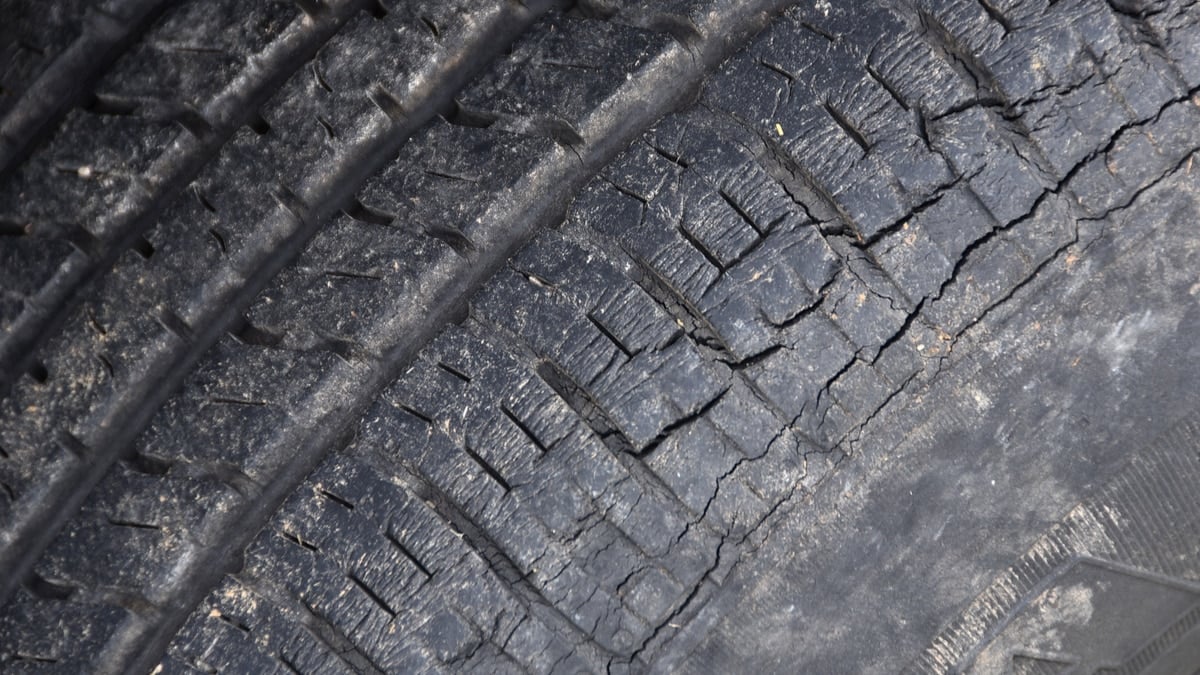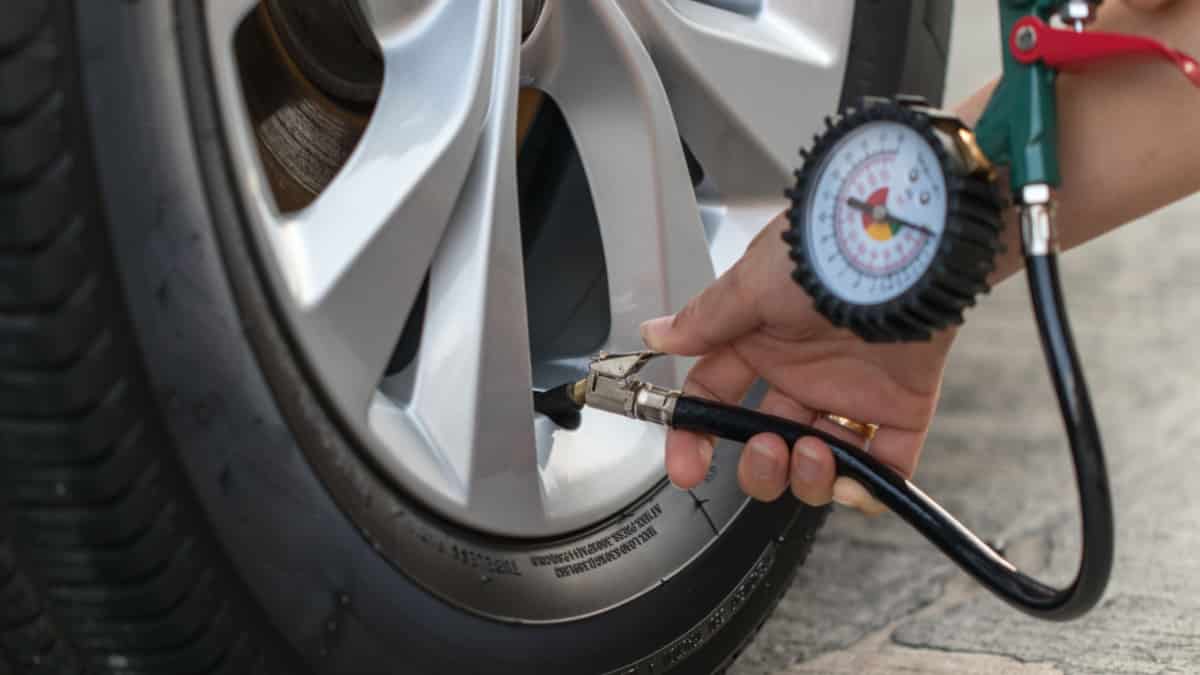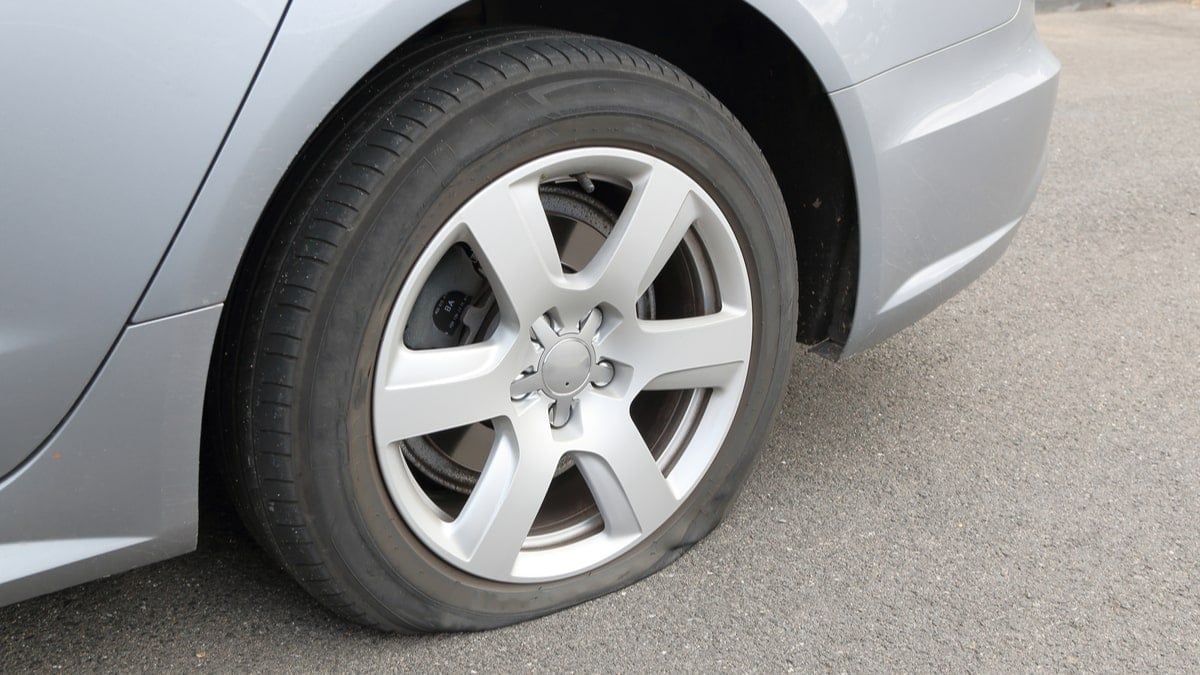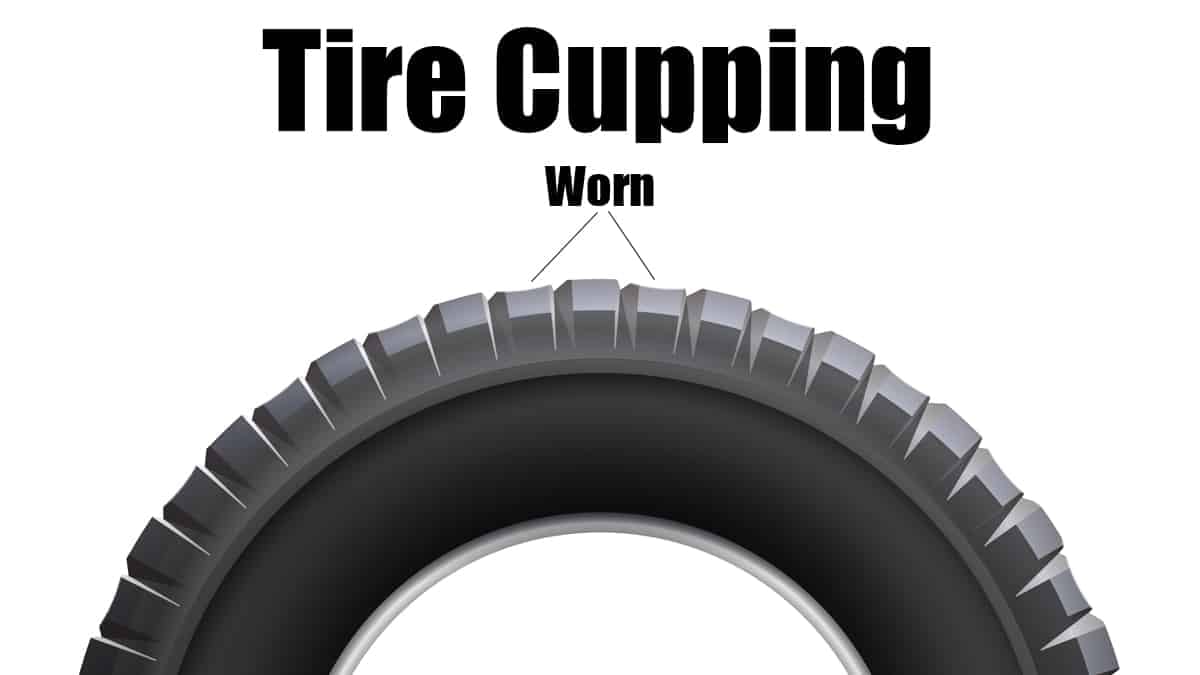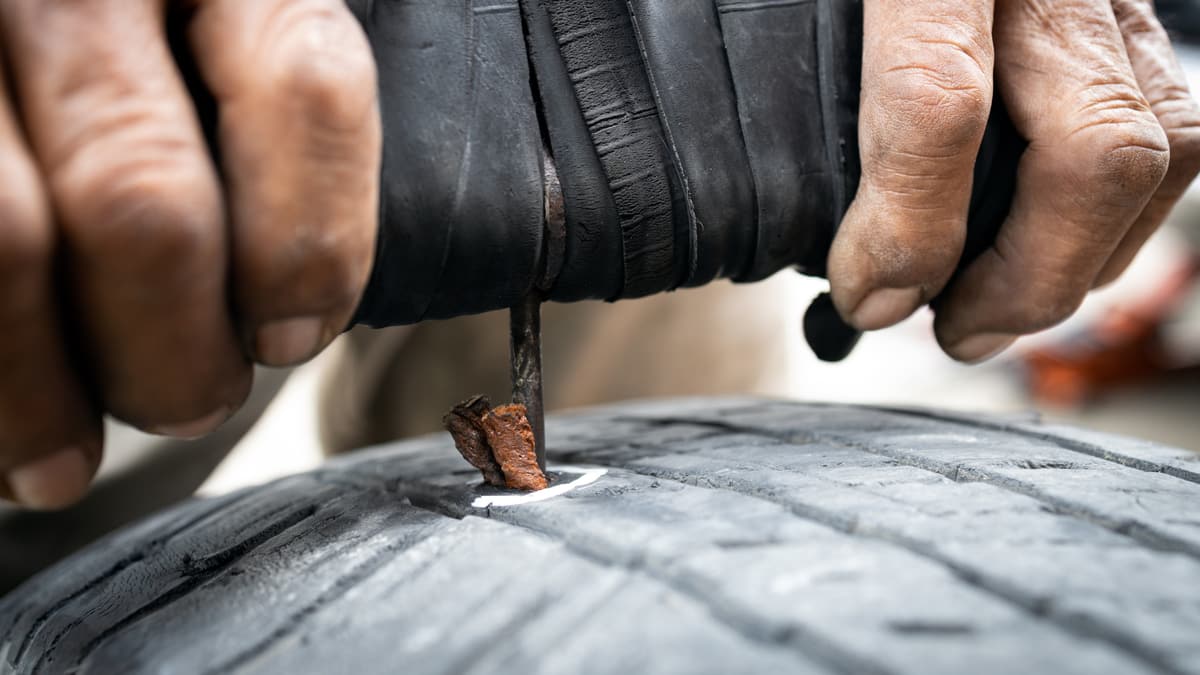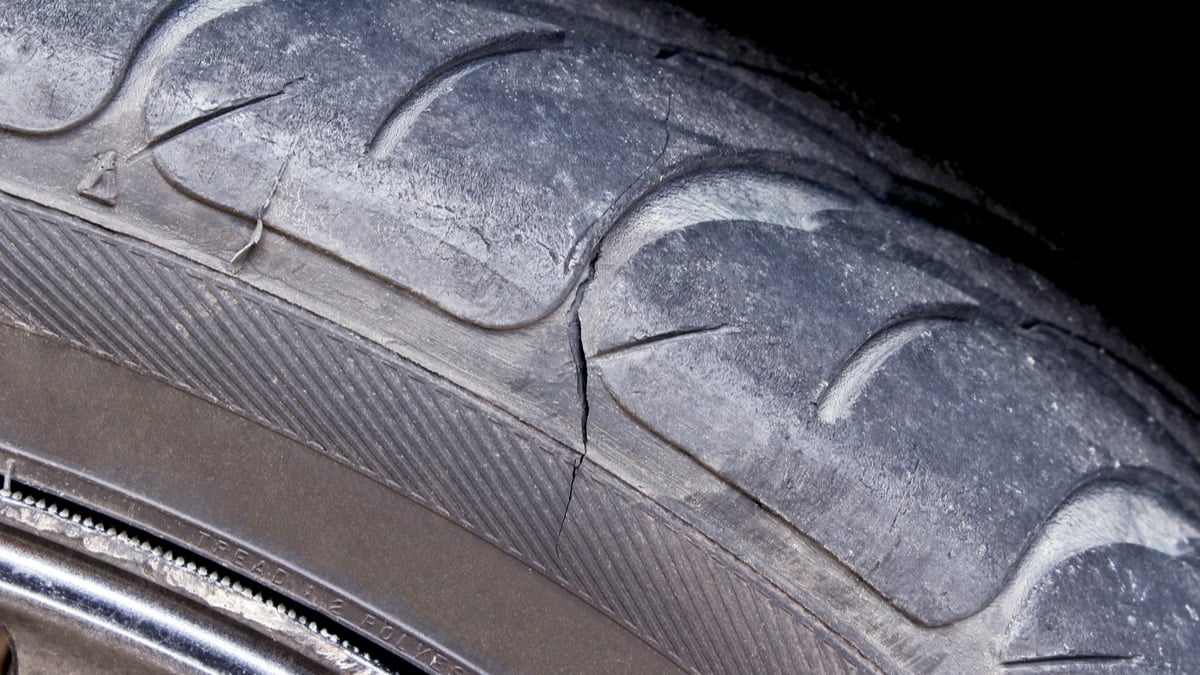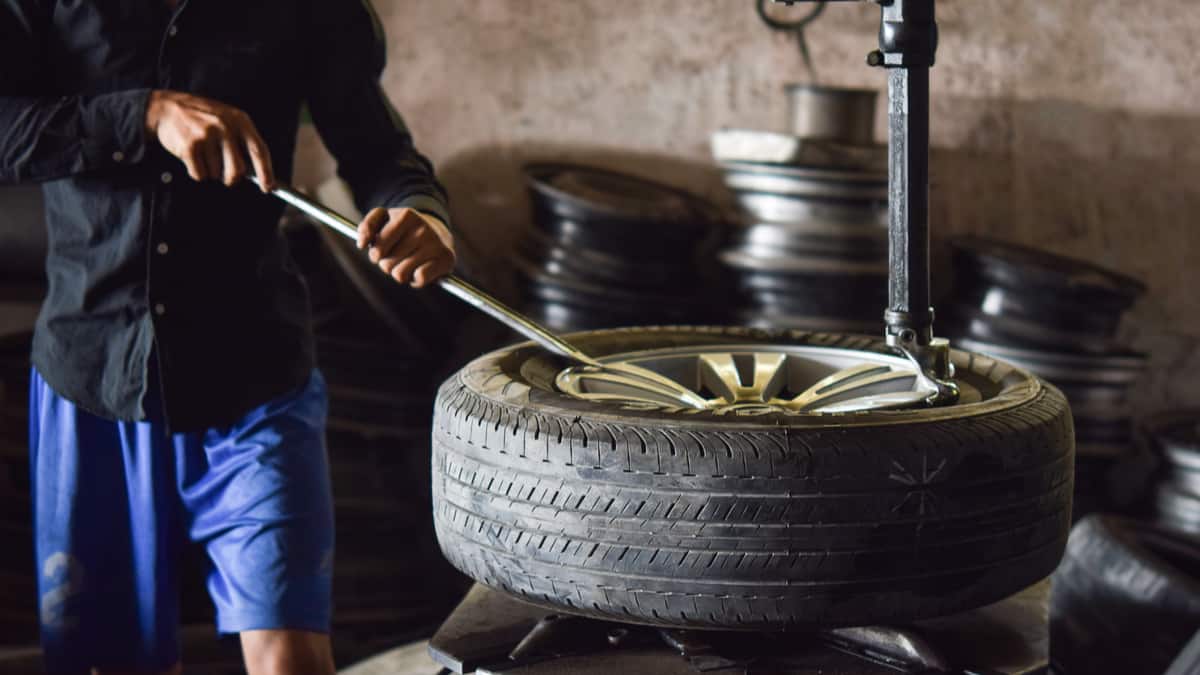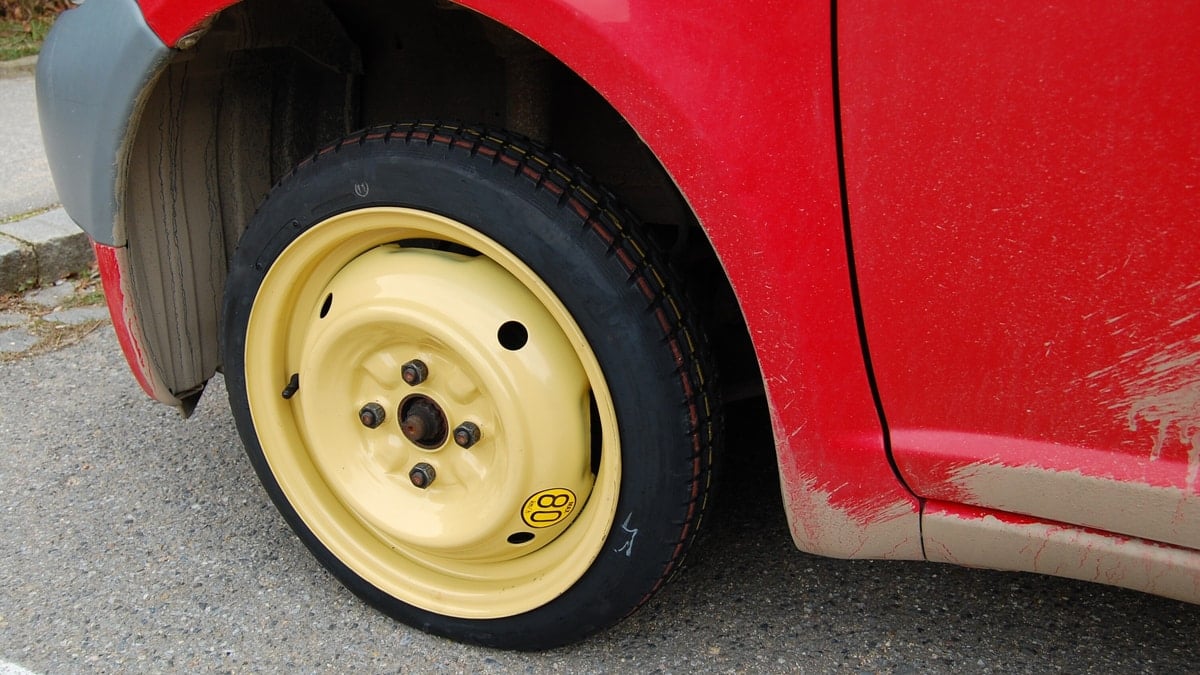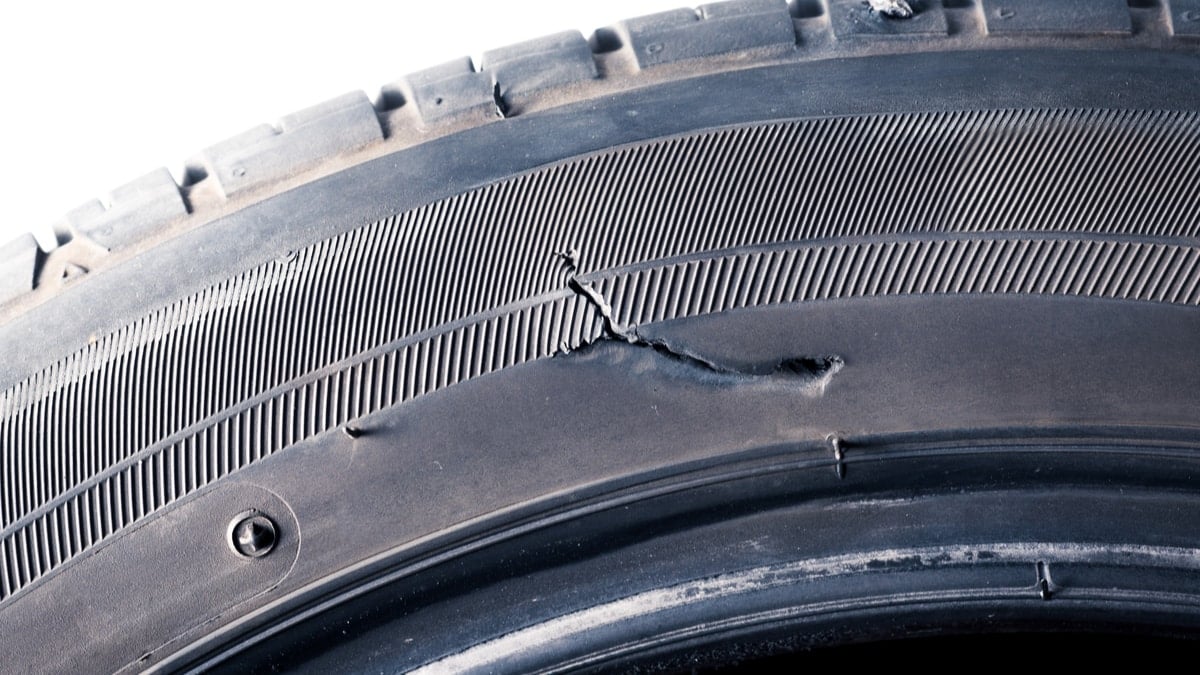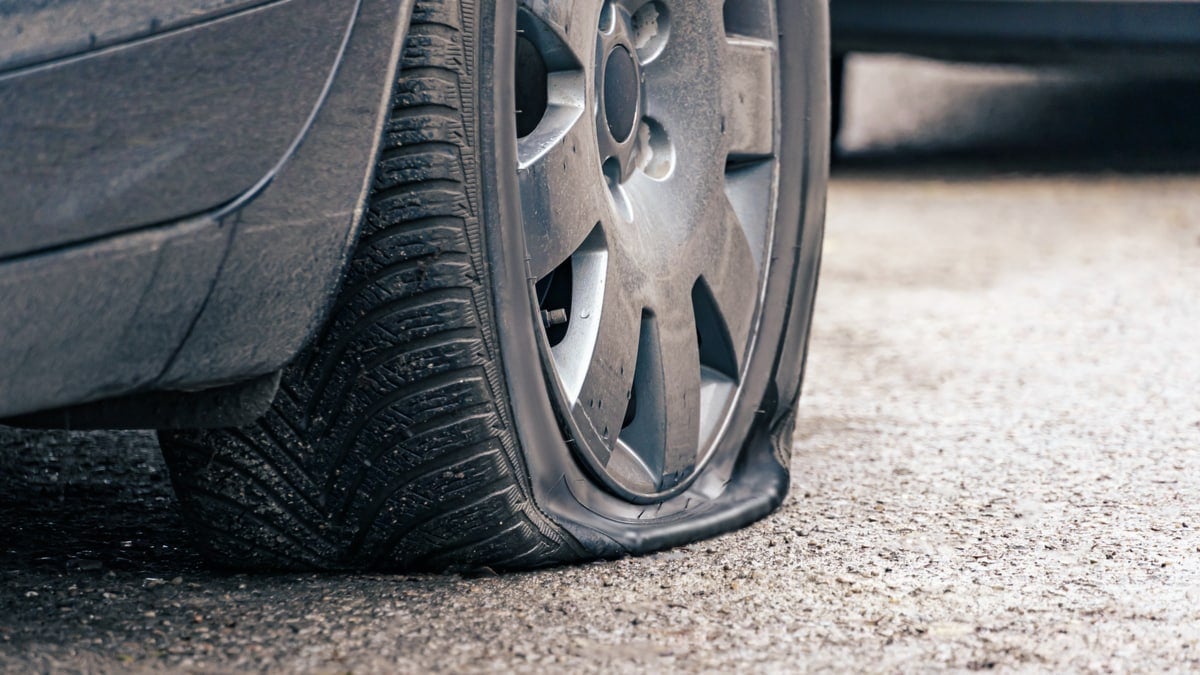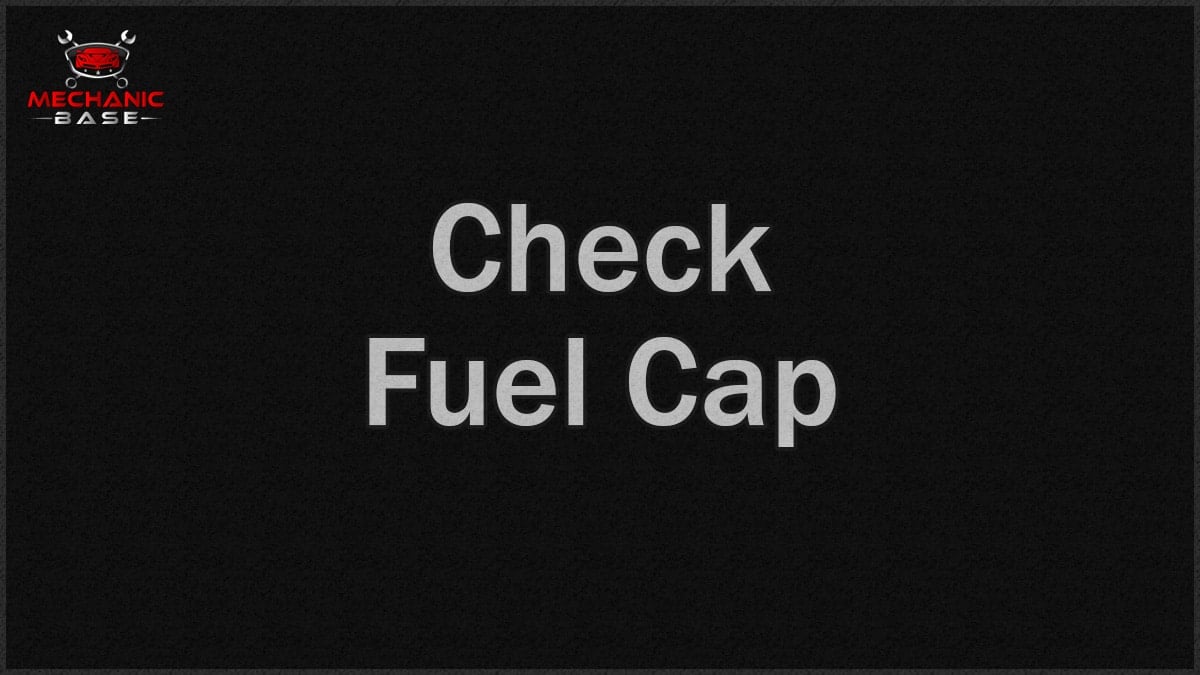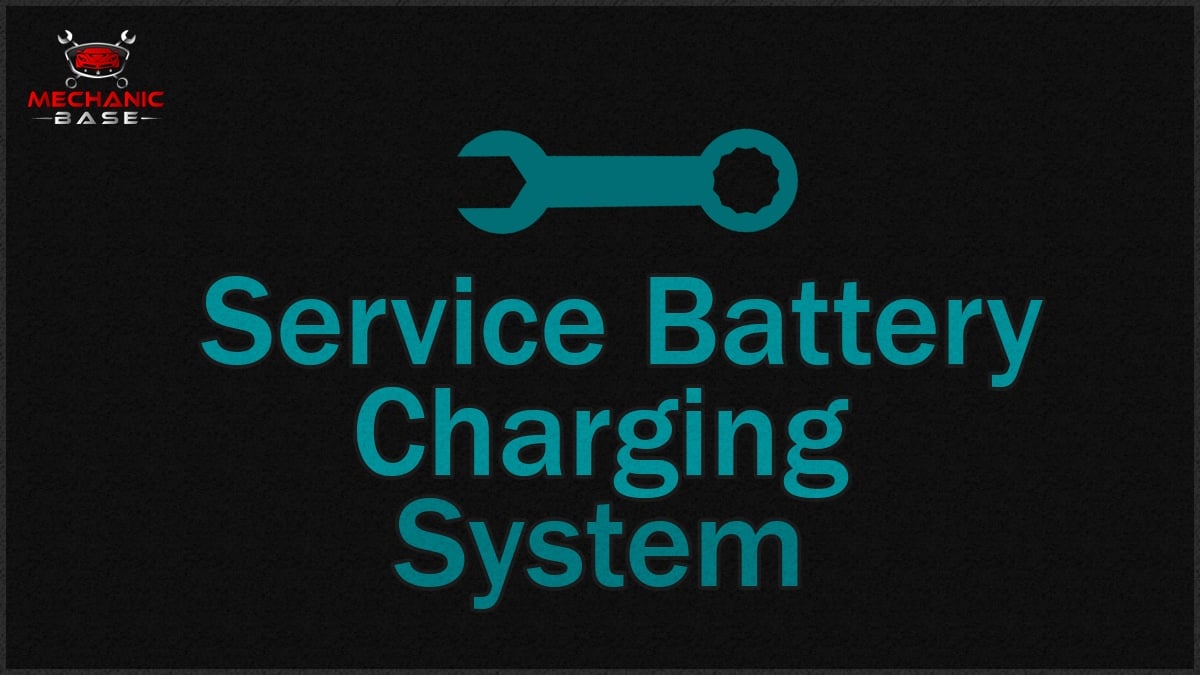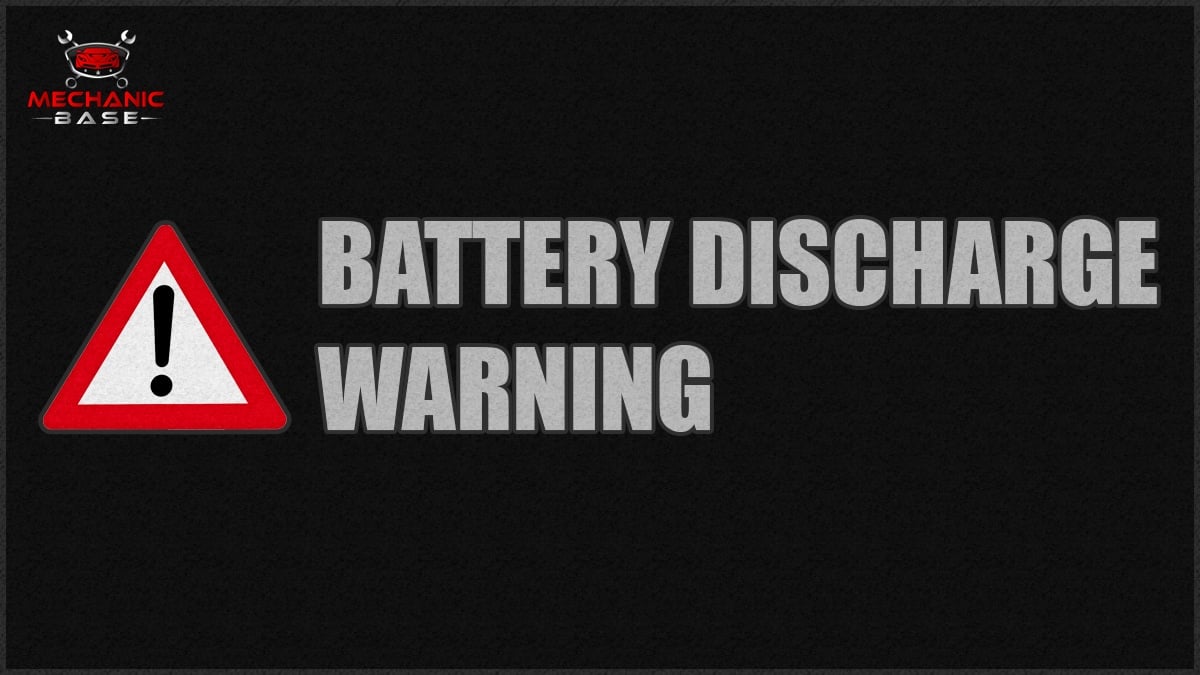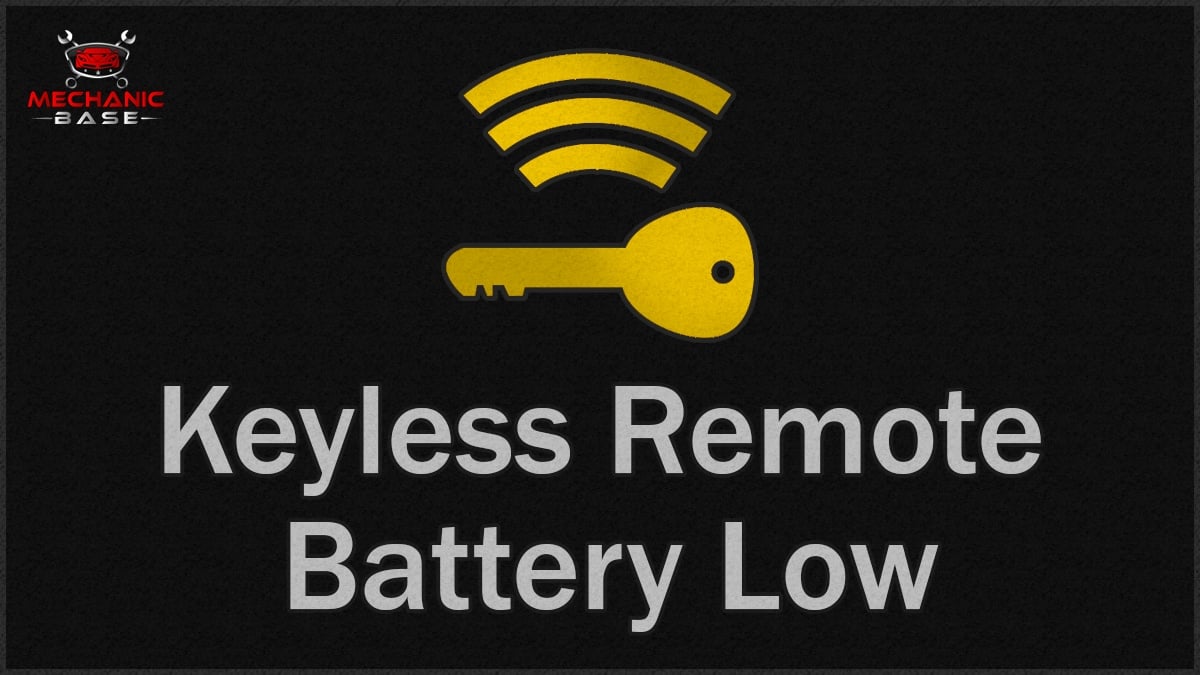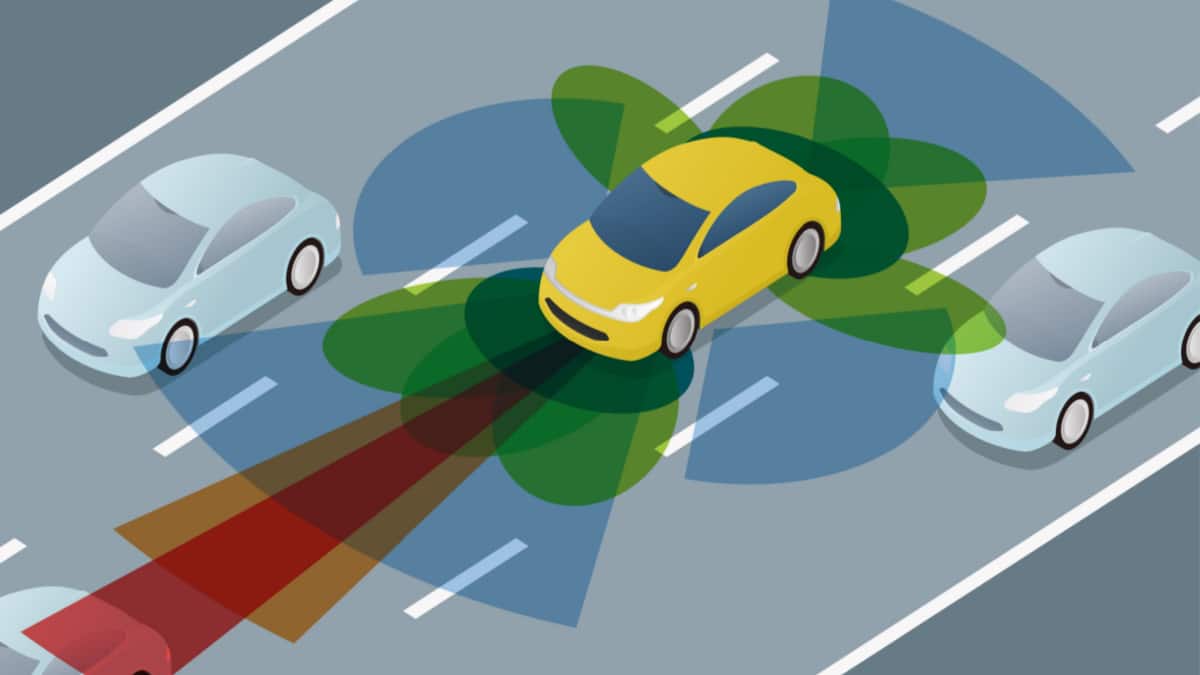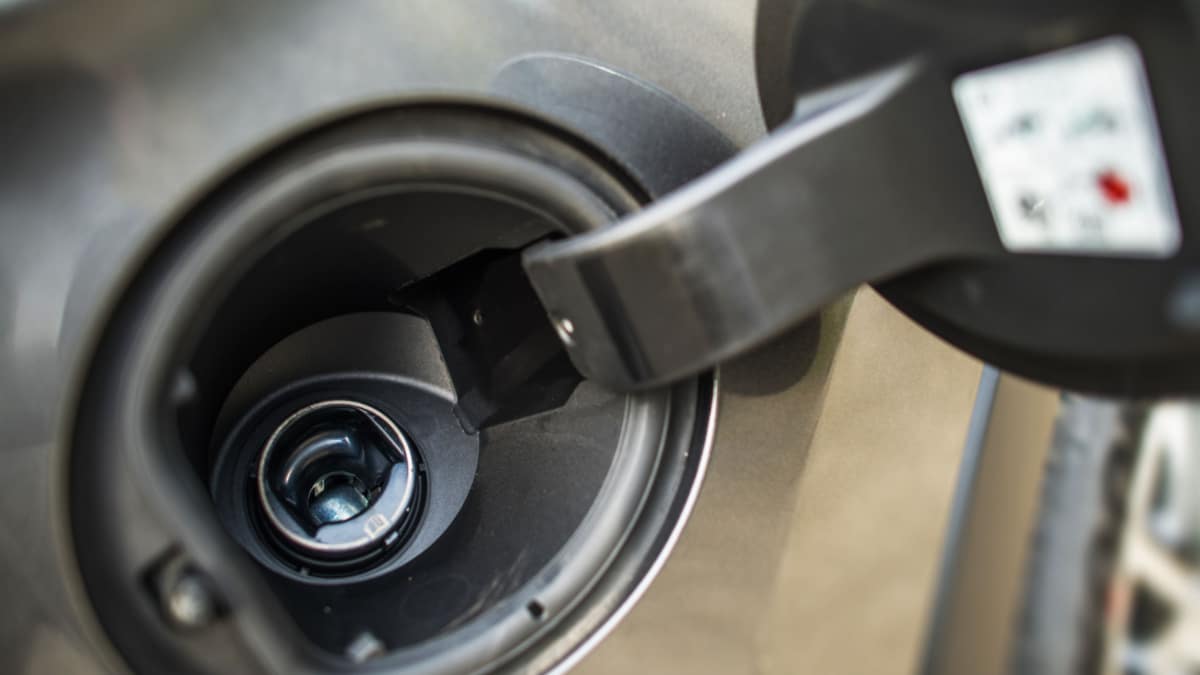There are many aspects of tire health that must be considered to ensure you remain safe on the road. One such concern is whether the car is dealing with tire dry rot. By learning how to spot dry rot on the tires, you ensure better on-road safety.
In this guide, I cover the meaning of tire dry rot. I also look at some warning signs and show you when replacement is needed. Finally, I offer some tips on prevention and safety measures related to dry rot tires.
What is Tire Dry Rot?
Dry rot tires have decayed rubber material from old age. Tire dry rot occurs after the material has been exposed to moisture or harmful contaminants. Dry rot doesn’t typically occur on tires that are being used regularly unless they are getting old.
It’s important to know what dry rotted tires look like, so they can be replaced. Because dry rot permits air to escape from the tire, it’s difficult to keep it inflated. It can also lead to unnatural rubber expansion, which breaks the tire apart.
Causes of Dry Rot Tires
Dry rot is unrepairable, so it’s important to understand what causes it to avoid the problem. The main cause of dry rot is old tires. As they age, the rubber becomes less pliable.
However, tires that sit in direct sunlight can also degrade because of the UV rays. Plus, corrosive and abrasive chemicals can further break down the rubber material. On top of that, if the tires are used while underinflated, dry rot can set in.
RELATED: Tire Cupping – Meaning, Causes, and Prevention
Warning Signs of Tire Dry Rot
1. Brittle
This condition causes the tire rubber to dry out. As the natural oils start to leech away from the tires, they will appear more brittle.
You will be able to feel this brittleness by touching the rubber material. There could even be pieces of the tire pulling away from the surface.
2. Tread Cracks
Because the rubber material is becoming more brittle, you will start to notice cracks in the tread. The overall surface becomes harder, making it easier to crack and break.
That brittle feel is allowing the tread to crack without impact. In fact, a simple touch could be enough to cause the dry rotted tire to crack and break. If there are cracks in the tire tread, the handling of the vehicle will be affected. The tire could also blow out at any time.
3. Sidewall Cracks
Cracks don’t just occur in the tread. It’s also possible to see cracks in the sidewall because of dry rot.
Even in the most minor cases, cracks can form on the tire’s sidewall. You might see a few in a small area or they could extend all the way around. Either way, the car is not safe to dry with these tires installed.
4. Faded Color
A telltale sign of dry rot is a change in tire color. When tires are new and in good condition, they appear with a dark black color, sometimes even shiny.
However, as UV rays start to break down the material, the black tires become gray and dull. Fading usually occurs before cracking, but it could happen either way.
Do Dry Rot Tires Need to Be Replaced?
You should never drive on dry rot tires. In fact, if you notice any cracks or imperfections in the tire, you need to have them replaced as soon as you can. When dry rot occurs, the air is able to escape through the cracks in the rubber. For this reason, it’s difficult to keep the tires inflated, putting you in serious danger on the road.
Additionally, the cracks deepen and grow over time. Sometimes this process happens slowly, but there are instances where the cracks expand rapidly while you are on the road. If the cracks end up at the tire cords, which are the polyester and nylon yarn woven into the tire to support your car’s weight, the rubber of the tire expands and it breaks apart rapidly.
READ MORE: How Much Does it Cost to Replace Your Tires?
How to Prevent Tire Dry Rot
1. Inspect Tires
With regular tire inspections, you can head off a lot of problems. The tire inspection isn’t just for dry rot, but it is helpful.
Check the tires monthly, looking for any signs of dry rot that we told you about. If you notice cracks, discoloration, or anything else that seems unusual, have it looked at.
2. Stay Out of Sun
Just like UV rays are bad for your skin, so too is sunlight bad for tire rubber. If you live in a warm, sunny climate, you should try to park in the shade whenever possible.
Otherwise, the UV rays could weather the sidewall prematurely. If you can’t park in a shaded area, it would be helpful to have a car cover.
3. Clean/Protect
It’s important to keep the tires cleaned and protected. With car wash soap and a clean rag, you can keep contaminants and dirt off of the tire surface.
Make sure you rinse the tires completely off after washing them. You don’t want any of the soap left behind. Plus, it’s helpful to dry the tires to ensure the best protection.
4. Avoid Harmful Products
After you wash the tires, you should be careful what products you use on them. Whether you are choosing special cleaning products or you want to protect them after the cleaning, you should carefully read the ingredients in your chosen solution.
It’s best to stay away from products containing petroleum. These are known for degrading the rubber material, leading to premature cracking.
5. Keep Tires Inflated
Usually, dry rot tires occur because they aren’t used and they get old. However, dry rot can also occur on tires that are used regularly.
If you are driving on underinflated tires, you are causing unnecessary wear to the tires. The underinflated tire generates an excessive amount of heat, leading to cracking and tread separation.
To prevent this, you should check the inflation level regularly. Often, it’s recommended to check tire pressures monthly. However, you should also check it any time the weather changes significantly. If the tread is already starting to crack, it will become increasingly difficult to keep the tire pressure normal, because the air can seep out. In addition to preventing dry rot, proper inflation keeps you safer on the road and it helps to prevent general wear to the tread.
RELATED: How to Find the Correct Tire Pressure For Your Car (4 Steps)
6. Don’t Overload Tires
Your car tires are meant to fit your particular vehicle. They are not universal and they come with a specific load capacity. This rating is the weight of the vehicle, plus anything additional you decide to load into the car, truck or SUV. You can find the load rating in your car’s owner manual.
If you add more weight than this recommendation, you overload the vehicle. This condition adds unneeded stress to car tires and the suspension system. This added weight can lead to cracking and tire blowout.
7. Store Tires Properly
If you aren’t going to be using your car for a while, it’s important to store the tires correctly. Let’s say you drive a classic car or you have an RV. Either way, you might need to figure out where to store the vehicle where it will remain protected. Ideally, you want to take as much weight off of the tires as possible, even if that means putting it up on a lift or solid jack stands. You also want to keep the vehicle out of direct sunlight, preferably in a garage or under a cover.
If you are unable to remove the weight from the tires, you should drive the vehicle a short distance every three months. At the very least, you want to maneuver the vehicle slightly so the weight is put on a different part of the tires.
On the other hand, if you need to store tires without the vehicle, such as the case for snow or summer tires during the off-season, you will want to follow some of the same guidelines. Place them on hooks in a covered location, away from the elements. They shouldn’t be stored on the ground, and there should be no contact with direct sunlight.
Categories: Tires
